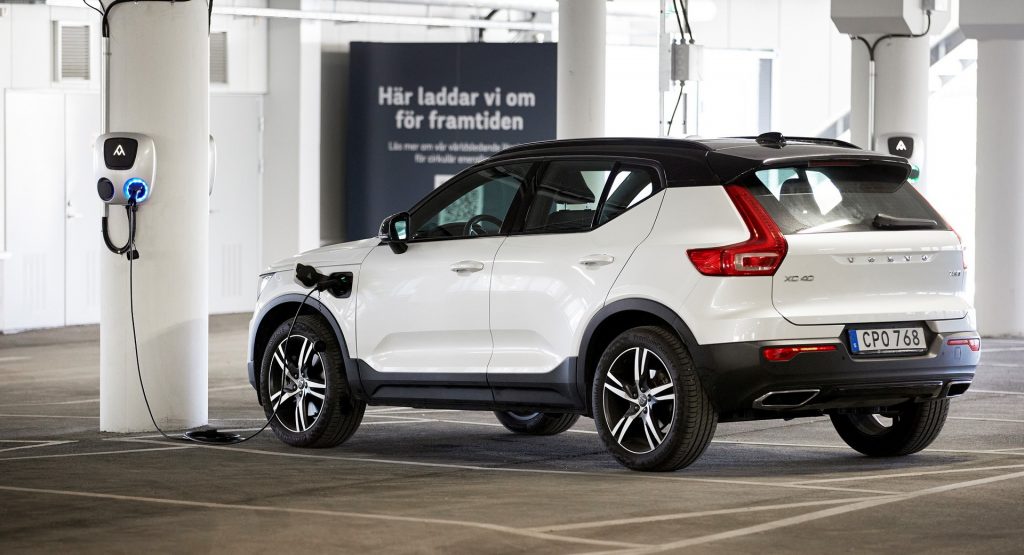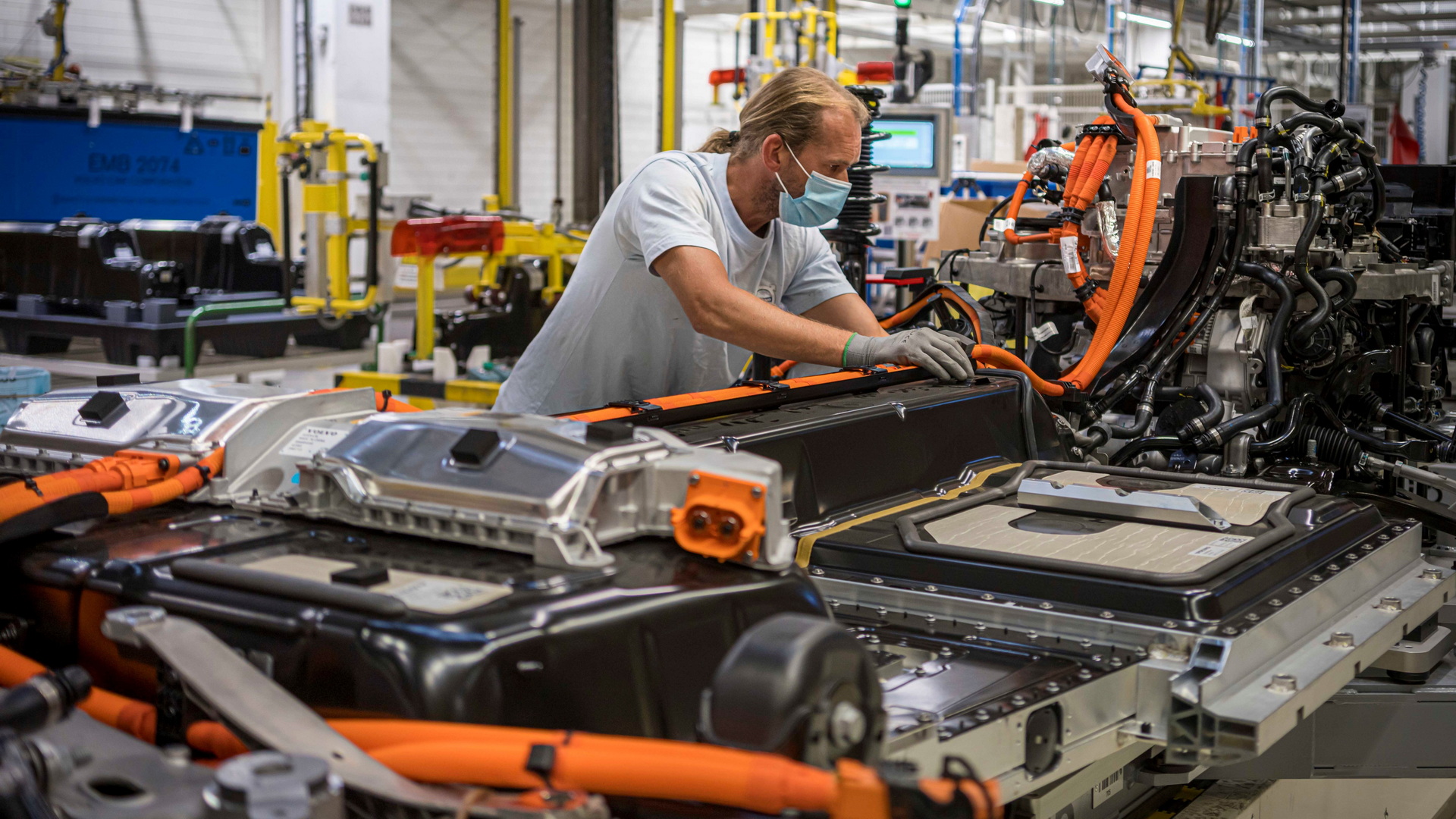Volvo’s goal of becoming a circular company by 2040 will come with the benefits of helping it save SEK 1 billion ($118 million USD) and 2.5 million tonnes of carbon emissions by 2025, says to the company.
The plan is, effectively, to recycle extensively. Volvo will create production loops to reuse emissions-heavy materials like steel and aluminum. It will also remanufacture, repair, and refurbish parts, in order to prevent waste.
That will mean every part of its cars should be designed, developed, and manufactured with reuse in mind. Both Volvo and its suppliers will be required to abide by these design requirements.
“This requires us to rethink everything we do and how we do it,” said Anders Kärrberg, head of sustainability at Volvo. “We put a strong focus on integrating sustainability into the way we think and work as a company, and we are making it as important as safety has always been to us.”
Also Read: Matchbox Unveils Eco-Friendly Packaging And New Tesla Roadster
The company already remanufactures parts like gearboxes and engines to make more efficient use of materials and reduce emissions. By Volvo’s estimates, it saved 3,000 tonnes of CO2 emissions by remanufacturing 40,000 parts.
That helped it become an Ellen MacArthur Foundation member. The foundation is the leading circular economy network. But the company will aim to double that remanufacturing business.
This goal will only become more important as electric vehicles become more common. The energy-intensive batteries will benefit greatly from recycling and reuse. Volvo plans to repurpose used batteries outside of cars to extend their lifecycle. The automaker has already partnered with BatteryLoop, which reuses automotive batteries in the solar energy field.
And although it requires lots of forethought and effort, the company predicts that its actions won’t just make it a greener company, it’ll help it save lots of money, too.






